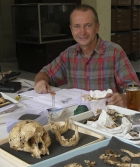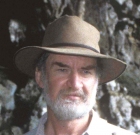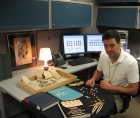

Richard Leakey is Professor of Anthropology at Stony Brook University and former Director of the Kenya National Museums and the Kenya Wildlife Service. His field work at Lake Natron on the Kenya-Tanzania border, in the Lower Omo Valley in Ethiopia, and all around Lake Turkana in Kenya, yielded a treasure trove of hominid fossils that has provided much of the paleontological record on which our understanding of human evolution is based. Leakey was elected Fellow of the Royal Society of London (FRS) in 2007. He recently founded WildlifeDirect, an online service that supports conservationists and is currently Chair of the Board of Trustees of the Turkana Basin Institute at Stony Brook University where he convenes the Human Evolution Series.








